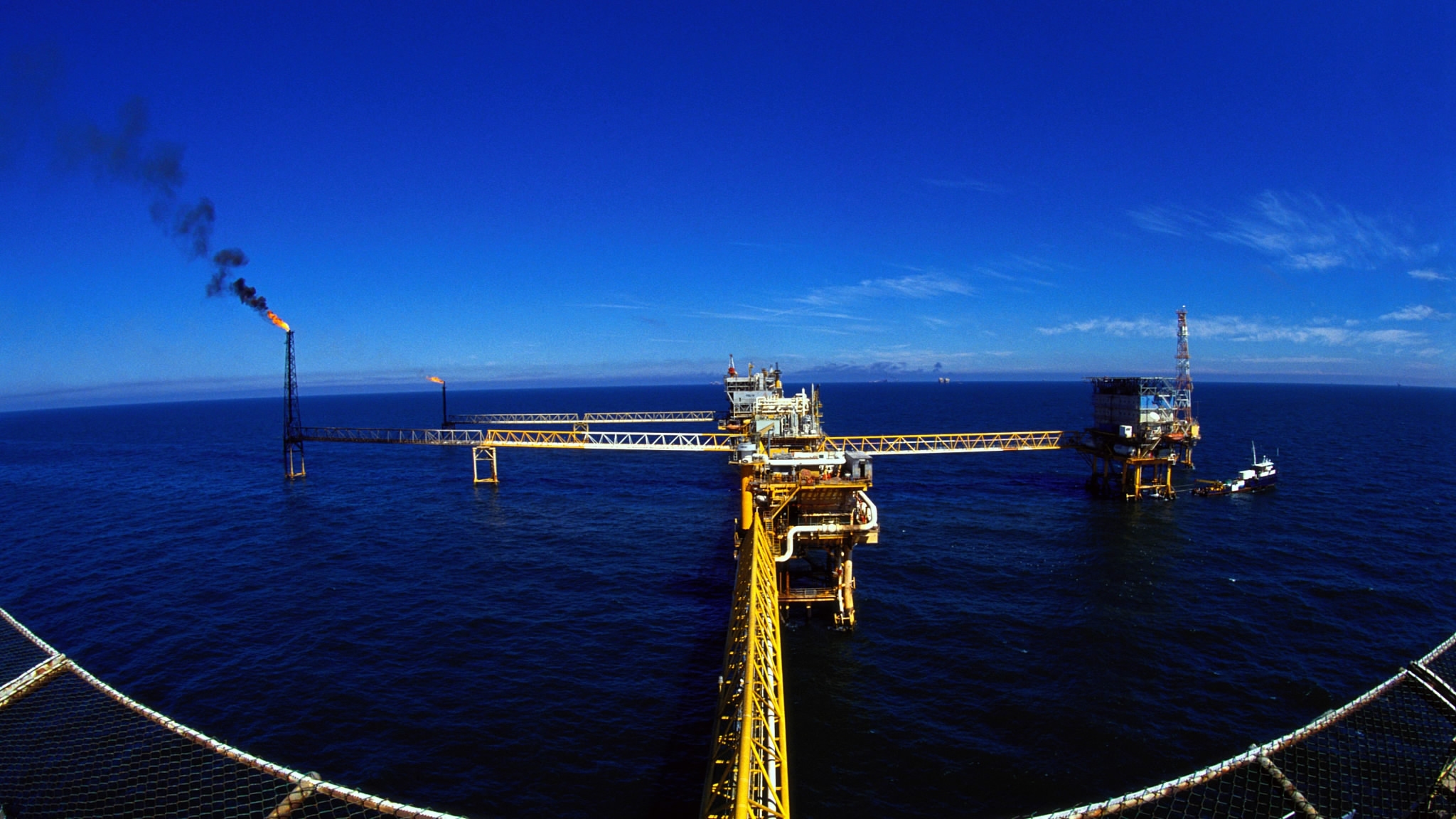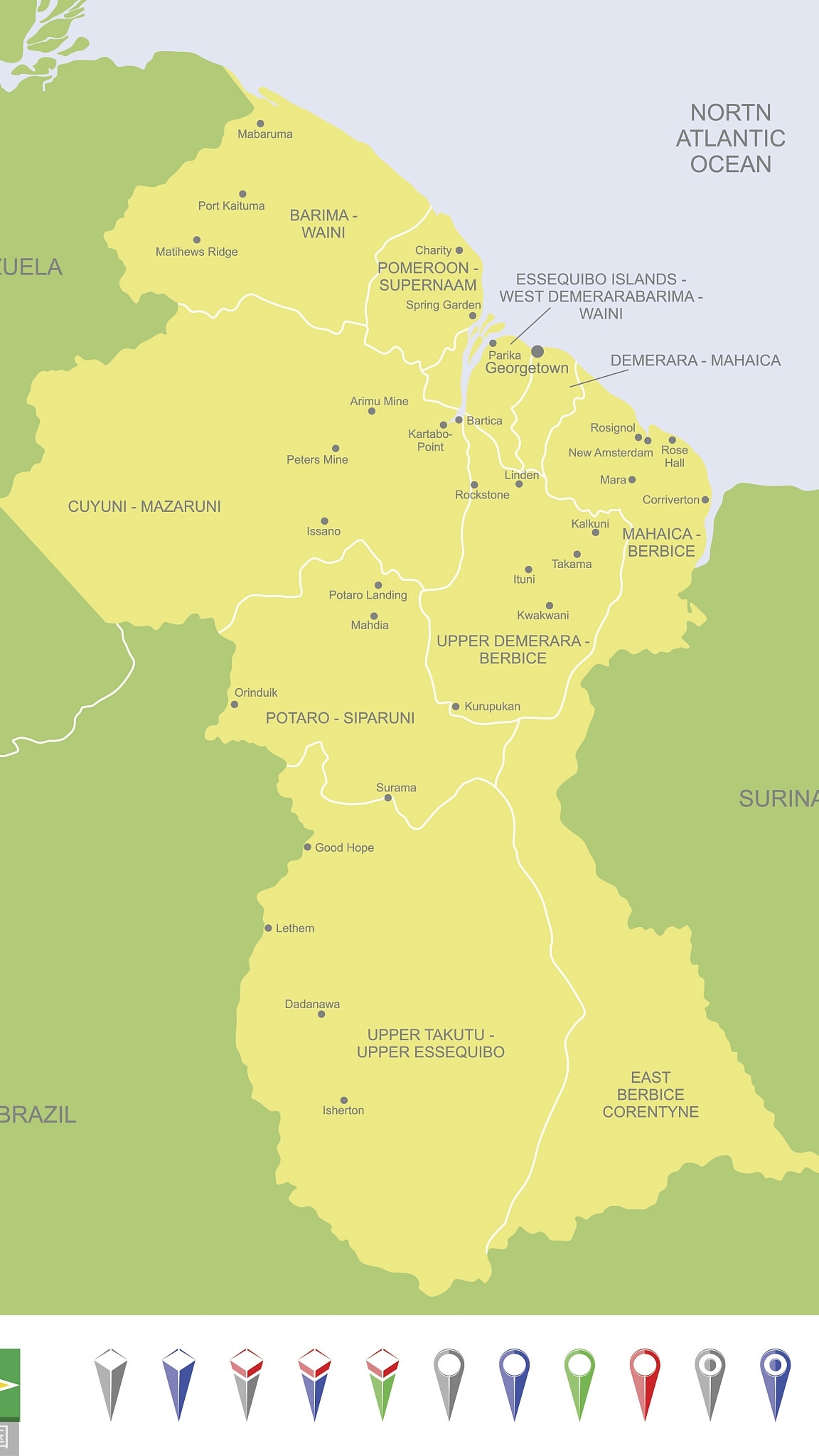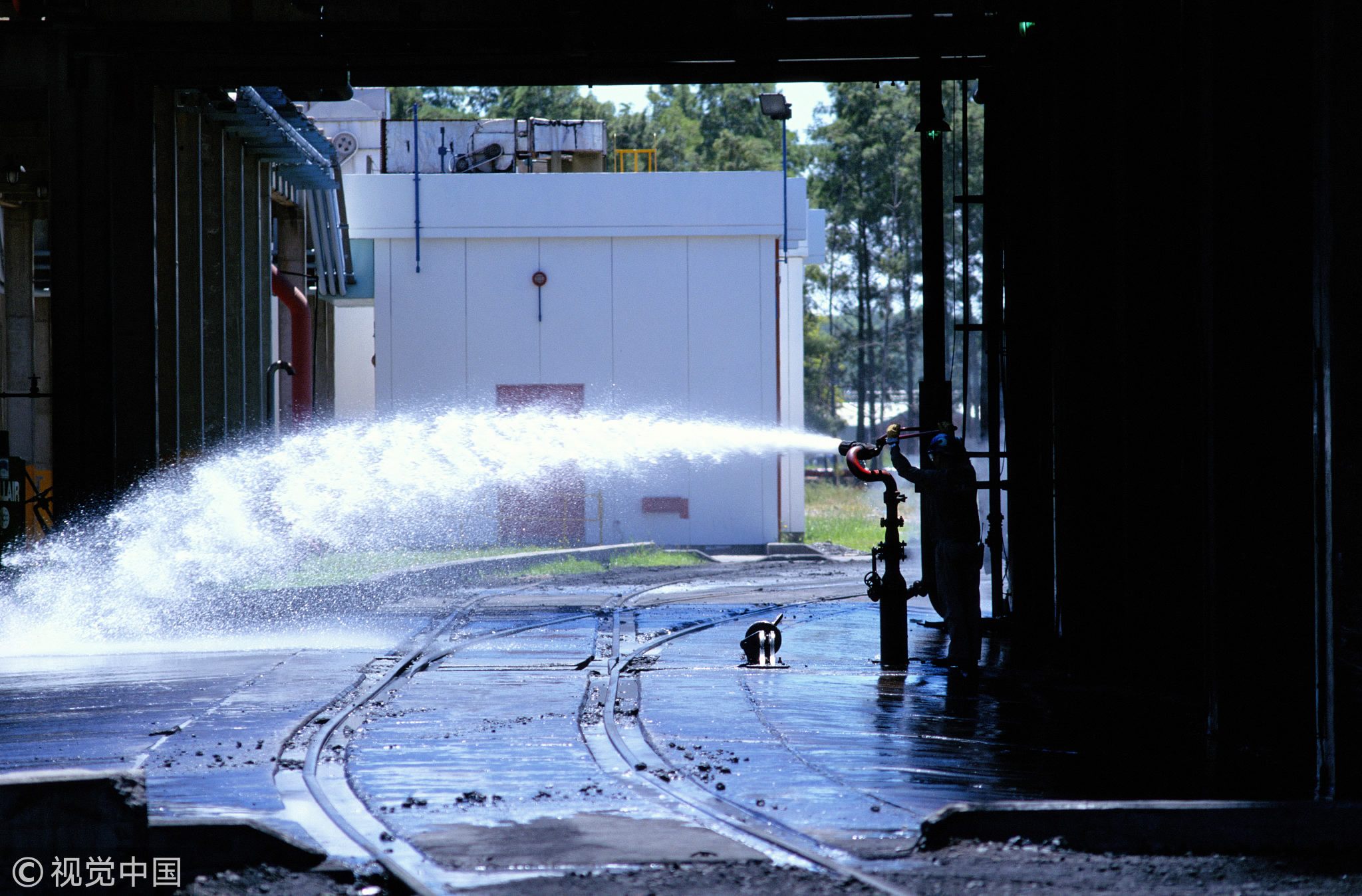
Business
15:37, 23-May-2018
Energy firms look to Latin America for growth
By Bertram Niles

It's a sign of the times that Latin America is hosting the most licensing rounds in its history this year as multinational companies see the region as the new energy exploration frontier.
From January, countries began opening what's expected to be about 1,100 oil and gas blocks for foreign companies who plan to invest tens of billions of dollars, according to officials.
One of the reasons for the renewed interest is the liberalization of the sector that is happening across Latin America and the Caribbean, as several governments appear to recognize that they have neither the funds nor technology to fully explore and develop their reserves. The rightward swing of some administrations – Venezuela is a significant exception – has helped to energize the trend.
"All the supply boom in the world is coming from the Americas," Amy Myers Jaffe, a senior energy fellow at the New York-based Council on Foreign Relations, told the Wall Street Journal. "The center of the universe in oil is moving that way."
Latin America has become one of the few areas in the world outside the US where energy firms can find profitable drilling opportunities, the paper said, as many countries with significant oil and gas reserves, such as Saudi Arabia and Iraq, generally offer their best prospects to their own state oil companies, while American sanctions have put Russia and Iran mostly out of reach.
“We love this continent. We know it well and now need to make sure we will spend the money wisely,” Michel Hourcard, senior vice president of development, exploration and production at France’s Total, told an industry conference in Houston in March.
The emerging reforms, which include reduced royalties, longer contracts, relaxed qualification terms and flexible exploration terms, are giving oil majors and independent producers access to some of the region’s wealthiest resources – after being shut out of the region's markets or waiting years for the right moment to invest.

Some experts believe that the waters of Guyana and neighboring Suriname could be the next big thing in oil. /VCG photo.
Some experts believe that the waters of Guyana and neighboring Suriname could be the next big thing in oil. /VCG photo.
Guyana on the northern tip of South America has emerged as a bright prospect with Exxon Mobil Corp. executives describing reserves there and in Brazil as being among the company's best in decades.
And the company is pushing hard to get the oil flowing as soon as possible. "Exxon wants first production from Guyana by early 2020, only five years after oil was discovered, as the company lags rivals in output growth and profits," Bloomberg said in a report this month. "Typically deep-water projects can take as long as a decade to begin producing."
The company is salivating on the prospects of hefty profits from its substantial deep-water discoveries off Guyana. Breakeven costs, including taxes, have been reported at about 26 US dollars a barrel. Brent crude was trading on Wednesday at 79.57 dollars.
Some industry predictions talk of a possible return to 100 dollars a barrel crude prices next year, though Arab Weekly said on Sunday that this depended on just how much Iranian oil gets taken off the markets and how quickly and sufficiently replacement barrels can be provided by other suppliers – a reference to the aftermath of the US decision to pull out of the Iran nuclear deal.
On the other hand, it said some market analysts foresee prices tumbling below 30 dollars should producers use the Iranian sanctions as an excuse to drop out of an ongoing supply restraint agreement in place since early 2017.
Experts caution that an oil price drop could harm profits from costly Latin American and Caribbean exploration projects. There is also the possibility that governments could return to resource nationalization or lose the political will to go all the way on reforms, but some companies have sought to minimize these risks by partnering with state agencies.

La Plata Refinery in Argentina which is allowing oil companies to recommend specific areas for they would like to see auctioned. /VCG photo
La Plata Refinery in Argentina which is allowing oil companies to recommend specific areas for they would like to see auctioned. /VCG photo
For example, Exxon and Shell teamed up with Brazil’s Petróleo Brasileiro to secure access to several offshore prospects, Bloomberg said.
The discovery off Guyana has meant a renewed energy focus on the Caribbean, whose nations are seeking to get in on the act. Last year, BP announced that it had made two significant gas discoveries offshore Trinidad and Tobago, potentially unlocking about 2 trillion cubic feet of gas.
There are hopes that this find "will elevate the country to the status of premier hydrocarbon-producing Caribbean nation," reported Offshore Support Journal.
Tullow OIlis is already exploring offshore Jamaica, Barbados announced last month that it had successfully negotiated exploration licenses for two blocks with BHP Billiton and had awarded another block to Repsol, and the Bahamas has invited international companies to explore in its waters.
China, the world’s largest net importer of oil, has a vested interest in energy sector developments in the region. Latin America now represents more than 13 percent of China’s oil imports, up from 2 percent in 2005 – the year the Asian giant began providing Latin American countries with more capital to exploit oil reserves, according to a report released by the Atlantic Council think tank in March.
"This capital has come in the form of foreign direct investment and government loans, mainly from China’s policy banks: the China Development Bank and China’s Export-Import Bank," it said. "From 2004 to 2016, Chinese companies invested over 25 billion dollars in oil and gas projects in the region; and from 2007 to 2016, China’s policy banks loaned nearly 140 billion dollars to Latin American governments and state-owned enterprises."
(With inputs from Reuters)

SITEMAP
Copyright © 2018 CGTN. Beijing ICP prepared NO.16065310-3
Copyright © 2018 CGTN. Beijing ICP prepared NO.16065310-3